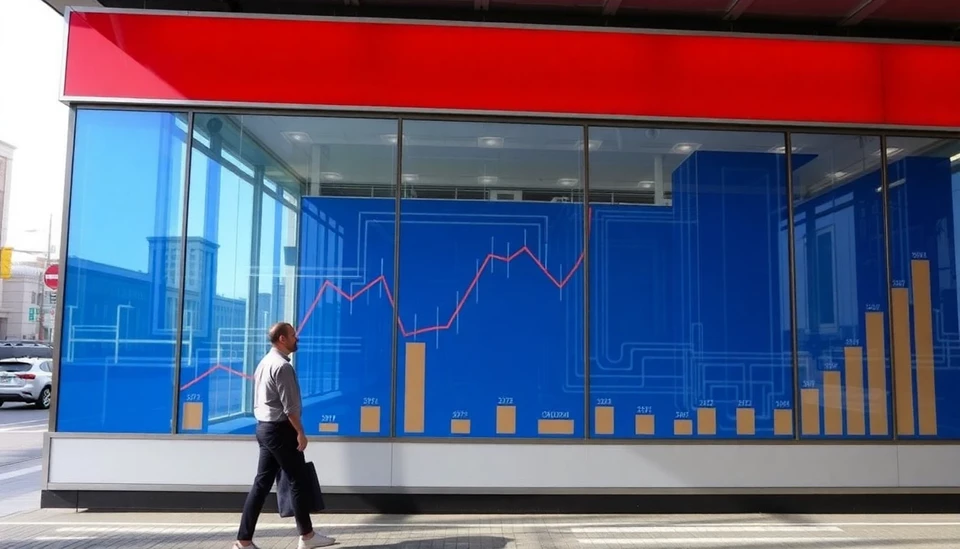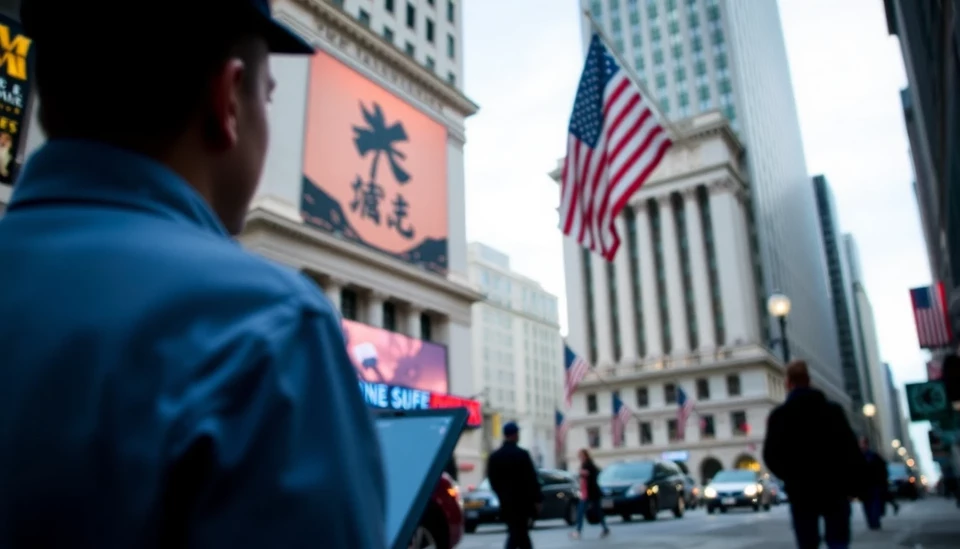
Recent data reveals a notable moderation in US business activity, marking a shift in the economic landscape as the service sector experiences a cooling phase. The latest figures indicate a dip in growth rates, which raises questions about ongoing expansion in various industries.
The slowdown is particularly evident in the service sector, which has long been a pillar of strength for the US economy. Analysts suggest that this decline could hint at broader economic challenges ahead, emphasizing the need for businesses to adapt to changing market conditions. The moderated pace of growth reflects shifting consumer behavior and a potential tightening of spending that could impact overall economic vitality.
Last month, the service sector's growth fell to its lowest level since the recovery began post-pandemic. Various factors contribute to this decrease, including rising interest rates, inflationary pressures, and global economic uncertainties. Many businesses are reportedly facing challenges in managing costs and maintaining profit margins amidst these external pressures.
Additionally, concerns about future demand are prompting companies to reassess their strategies. Many are considering scaling back investments and hiring in anticipation of a potential slowdown in consumer spending. As a result, the sentiment among business leaders appears more cautious than it has been in recent months.
This trend is further illustrated by the latest Purchasing Managers' Index (PMI) data, which shows a deceleration in activity across both manufacturing and services. While the overall figure remains above the crucial threshold indicating expansion, the downward trajectory suggests that growth may not sustain its current momentum moving forward.
Economists and market analysts are closely monitoring these developments, as ongoing shifts in business activity could have significant implications for the Federal Reserve's monetary policy decisions. With inflation still a concern, the central bank may need to balance its imperative to support economic growth while managing rising prices.
The intersection of these factors presents a complex challenge for policymakers as they gauge the health of the economy in the coming months. Stakeholders are keen to understand how the service sector's cooling could affect the broader economic narrative and what it means for future fiscal planning.
As the situation continues to evolve, businesses and consumers alike will need to remain vigilant, adapting to the changing economic landscape that could shape the course of the year ahead.
In conclusion, the moderation of US business activity signals a new phase for the economy, particularly within the service sector. The interplay between consumer behavior, global economic pressures, and policy response will undoubtedly be pivotal in determining the trajectory of growth in the near future.
#USBusinessActivity #ServiceSector #EconomicTrends #BusinessGrowth #MarketAnalysis
Author: Laura Mitchell
